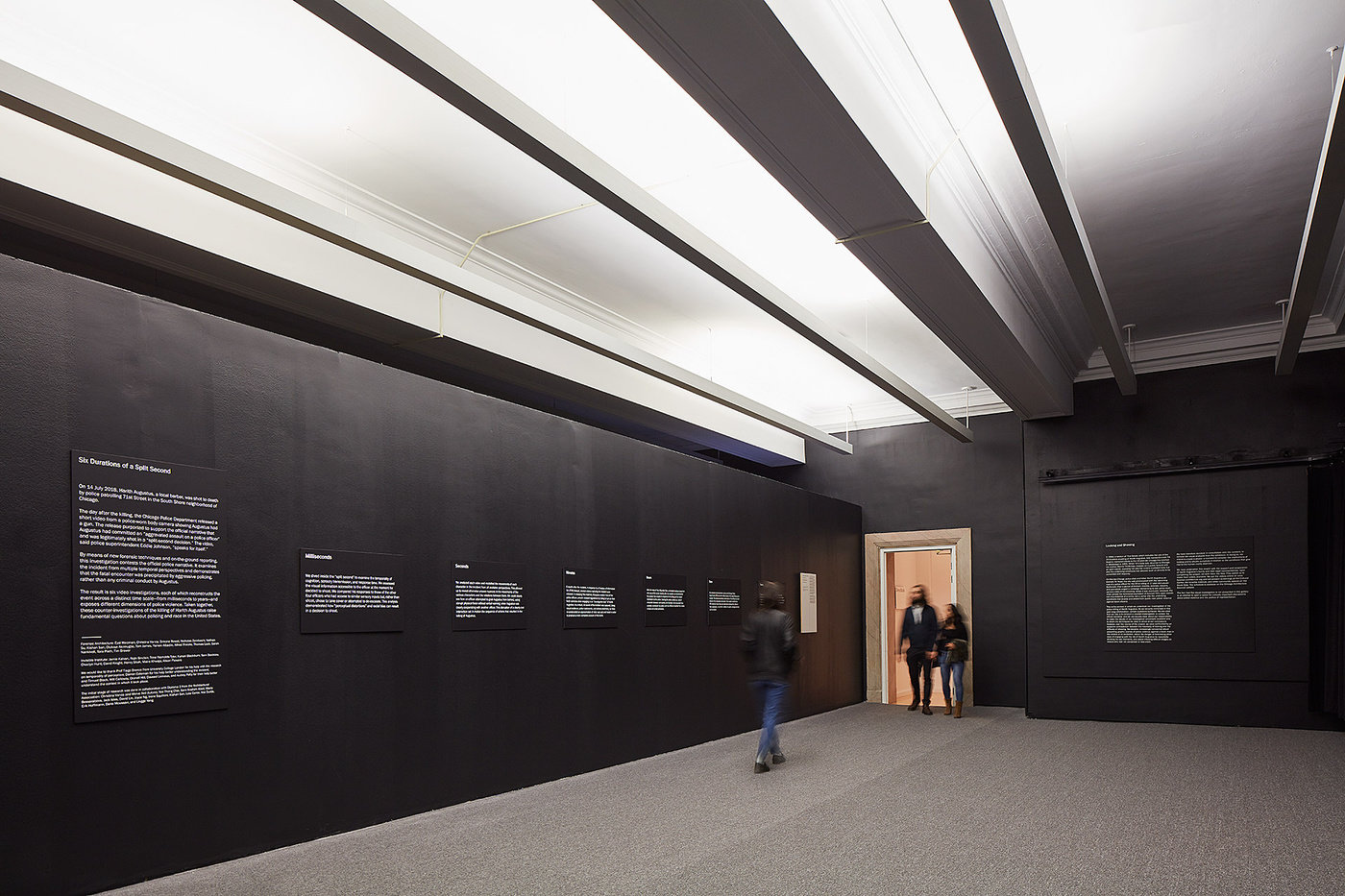Forensic Architecture & Invisible Institute

London, England; Chicago, United States
Forensic Architecture is a research agency composed of architects, artists, scholars, filmmakers, lawyers, and scientists that develops spatial, architectural, media, and cartographic techniques to investigate human rights and environmental violations and support communities exposed to state violence and persecution. The resulting architectural evidence is presented in international courtrooms, parliamentary inquiries, United Nations assemblies, citizens’ tribunals, and exhibitions and publications. Based at Goldsmiths, University of London, the agency has received commissions from organizations such as the New York Times, Praxis Films, BBC Africa Eye, Amnesty International, and the Bureau of Investigative Journalism. The Invisible Institute is a journalism production company based on Chicago’s South Side that is guided by a mission to enhance citizens’ capacity to hold public institutions accountable. Since its informal beginnings in Jamie Kalven’s reporting in the early 2000s, it has addressed patterns of neglect and abuse by public institutions, advancing themes of visibility and place in the urban environment through human rights documentation, investigative reporting, and civil rights litigation.
Project Overview
The Killing of Harith Augustus, 2019
Forensic Architecture is a research agency composed of architects, artists, scholars, filmmakers, lawyers, and scientists that investigates state and environmental violence. The Invisible Institute is a Chicago-based investigative journalism organization that works to enhance citizens’ capacity to hold public institutions accountable. Their collaborative project investigates the 14 July 2018 police killing of Harith Augustus, a local barber, on 71st Street in the South Shore neighborhood of Chicago. By means of new forensic techniques and on-the-ground reporting, the investigation contests the official police narrative. The project was undertaken with the support and on behalf of Harith Augustus’s family and their legal representatives.
In consultation with the curators, Forensic Architecture and the Invisible Institute decided to remove the visual analyses from the exhibition and make it available online and at the Invisible Institute. In so doing, they intend to create space in the gallery for important discussions about police violence and the politics of representation.
The full installation can be seen online here.
